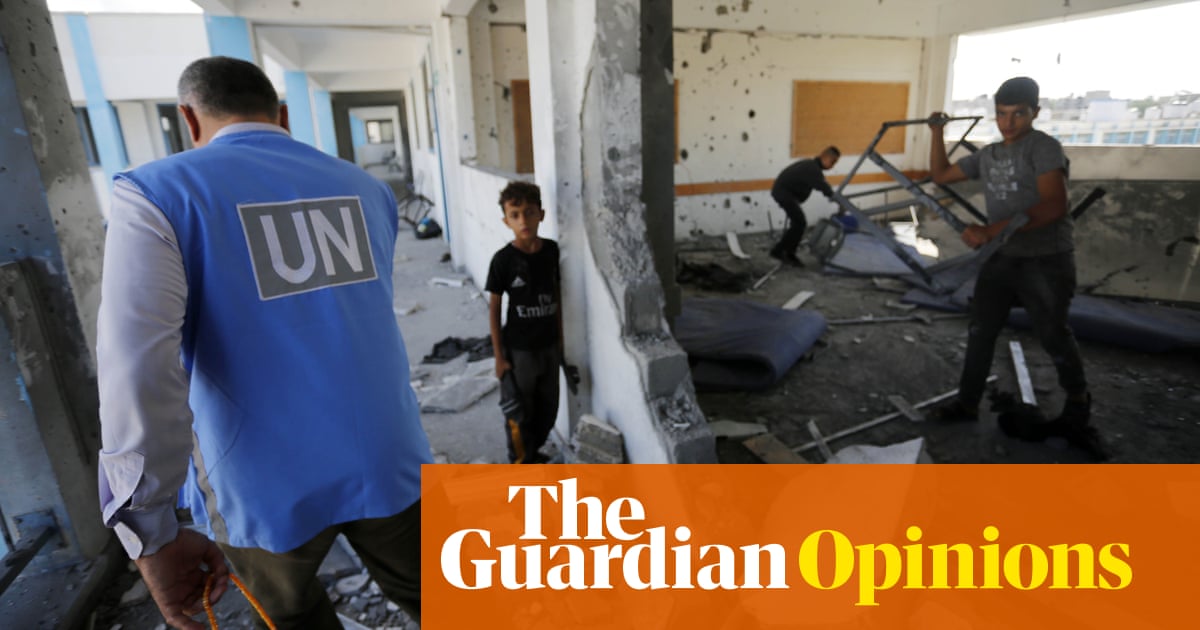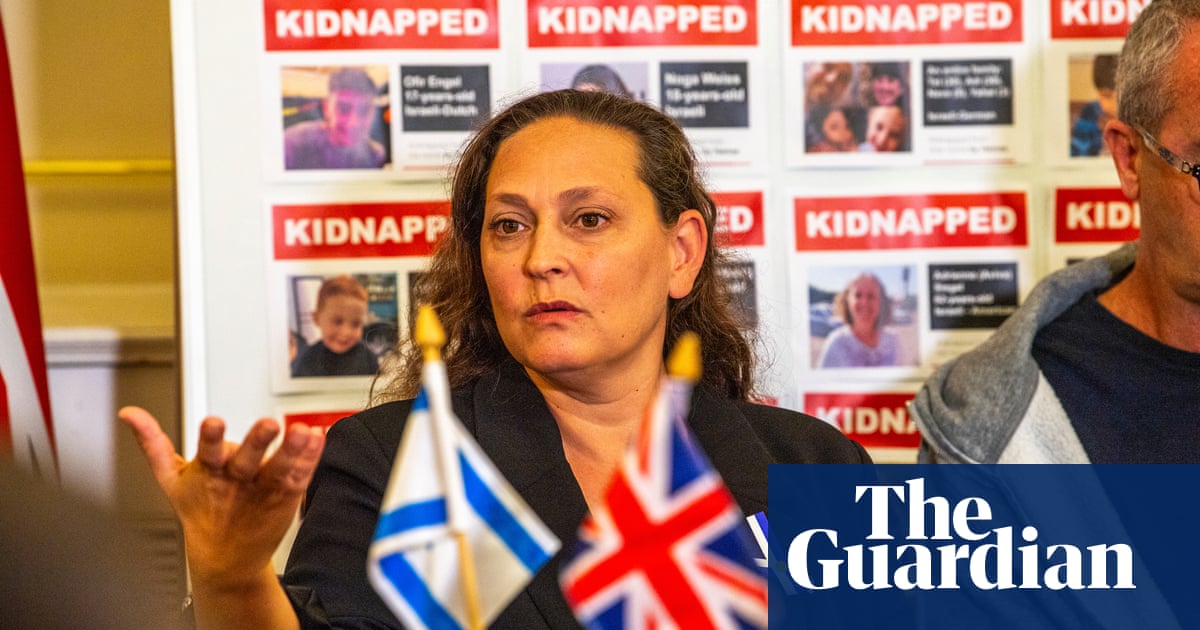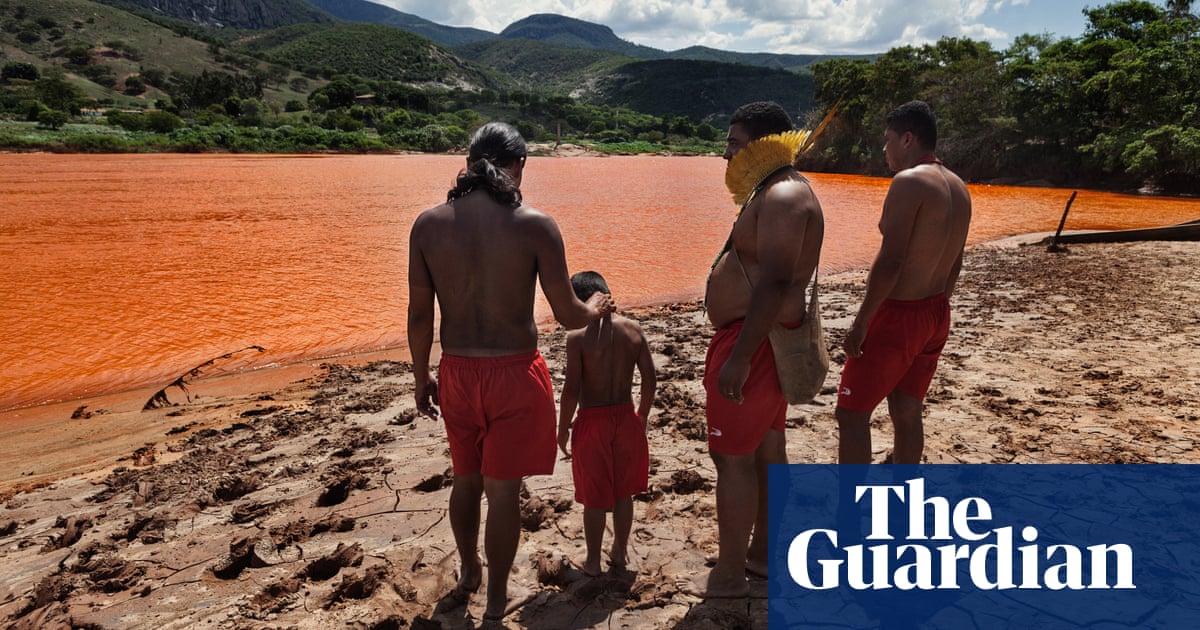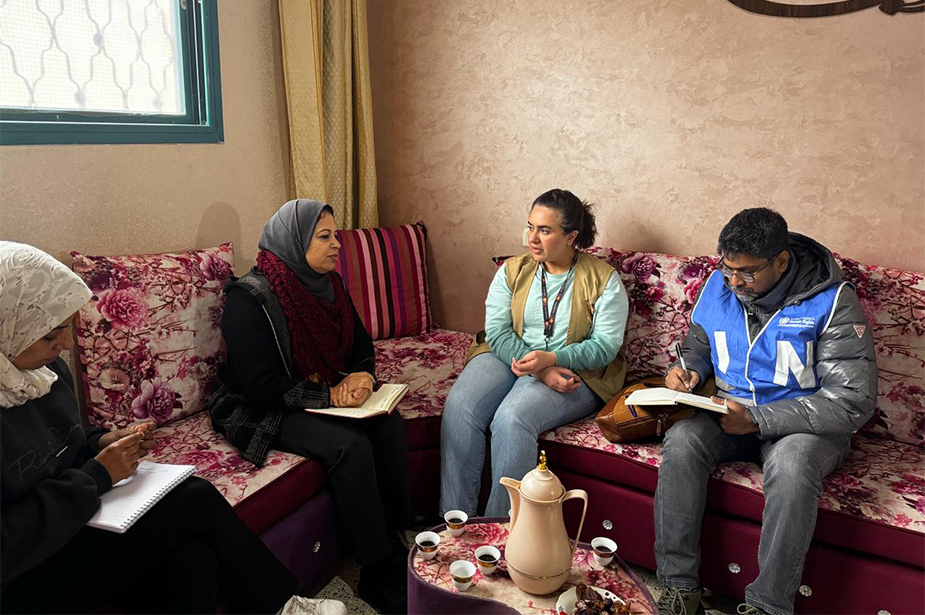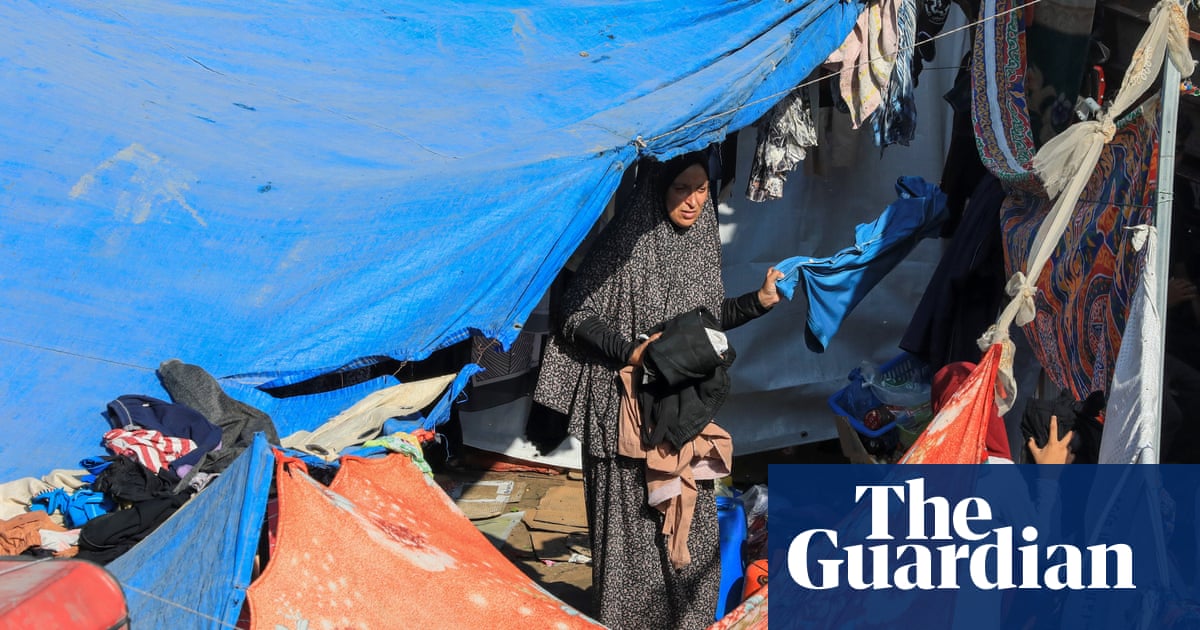
UN-run shelters in Gaza are so crowded that it is impossible to count the people needing food, water, medicine and other basics, administrators say, as more fighting and bombardments continue to arrive.
“It is a terrible, terrible situation. There is no room even to sleep on the floor. There is one toilet for 700 or 800 people. No bread, no stoves for cooking. We are drinking irrigation water,” one UN official at a compound in the southern city of Khan Younis told the Guardian on Monday night.
“No one can get an accurate number of IDPs [internally displaced persons] here. We know nothing about what happens outside. Everyone is just concentrating on survival,” said the official, who was not authorised to speak to the media.
With a conflict that began with Hamas’s murderous assault on southern Israel on 7 October now entering a second month, the humanitarian toll from Israel’s attack on the territory has been enormous. The Hamas-run health authority has said 10,022 people have died in Gaza, including 4,104 children. Hamas’s attack left 1,400 Israelis dead.
Nur Hatib, 33, a kindergarten teacher, said everyone in the compound, a vocational training centre that now houses about 25,000 people, was terrified by the continuing bombardment in Gaza. The constant noise of airstrikes and reports of attacks close to shelters have sown panic.
“Of course we are frightened. We have our babies and children with us. Every parent in the world wants to protect their children and we cannot,” Hatib said. “My six-year-old daughter wants to know when she will go home so she can go back to reading and writing, which she loves. I try to give her hope and I say, ‘Of course you will go back to school,’ but I don’t know how this will be possible.”
A 37-year-old dentist who helps to run a basic primary healthcare station in the compound said she and others felt “totally lost”. “We have no homes. All the city is destroyed. Where will we go even if there is a ceasefire? We have lost everything and feel we have been abandoned here,” she said, requesting anonymity for security reasons.
Her healthcare station was struggling to cope. “It is very horrible. [It] is so crowded, and garbage is everywhere, and flies and insects. There are lots of infectious diseases now – skin and stomach problems. It is very hard for the mothers with newborns,” she said. “A lot of people are coming here with fractures or burns or just are shocked by what they have seen. Some have amputated legs and hands. I cannot say how horrible is this disaster. I never could dream such a nightmare.”
Sunday night’s Israeli bombardment of Gaza was one of the heaviest since the war began. In the north, where Gaza City and adjacent refugee camps are surrounded by Israeli ground forces, air and artillery strikes appeared to target the area around al-Shifa hospital.
Dr Marwan Abusada, the hospital’s head of surgery, said the situation was disastrous. “We have zero capacity. We have 153 patients at the ER. All the beds are occupied. We have no space for patients to go after they undergo surgery. We have a type of worms [in] the wounds after the surgery. Most injuries and surgeries have no follow-ups as the medical teams cannot cope with the influx of injuries every hour,” Abusada said in a statement transmitted to the Guardian by the NGO Medical Aid for Palestine.
The hospital’s usual capacity is 210, but staff are now trying to treat more than 800. About 150 medical personnel have been killed and there is a limited supply of food and water. The maternity ward has electricity and lights for only four hours a day, and only the ICU, emergency room and operating rooms have uninterrupted power, Abusada said.
Dr Tayseer Hassan, a surgeon at the Indonesian hospital in northern Gaza, said patients were “on the floors … they are everywhere, next to doors, in hallways. The type of injuries we see are people who survived airstrikes and were pulled from under the rubble. So their bodies are scratched and bleeding. We do surgeries while the injuries are covered with flies. Nothing is clean, nothing is sterile. The whole hospital is full of blood and insects.”
In the south, where Israel has told all civilians to go for their own safety, more than 700,000 people are now crowded into shelters in schools and other facilities run by the UN, though exact numbers are unclear.
Private houses are also full of displaced people who have fled their own homes, and many new arrivals are sleeping in cars or tents. “I have been sleeping in my car for four weeks. My children sleep on the sand,” said the dentist in Khan Younis.
Outside Nasser hospital in Khan Younis, a tent city has emerged around parked vehicles, with plastic sheeting spread from car roofs to provide shade. People sleep or sit, charging phones from car batteries if they have fuel or from solar panels if they do not.
“The first moment I can’t forget is when I saw our house. It was targeted, destroyed and razed to the ground. That place where we used to be comfortable and secure was gone in a second,” Minna al-Qassas, 18, whose family are now living in their car, told Reuters.
Her family fled Gaza City and then stayed with relatives in Khan Younis, but their house was also bombed. “We came here hoping to find safety and security, but it doesn’t exist. When you sleep, you hear rockets overhead … People are scattered in the streets, some injured,” she said.
Not far away, Mohammad al-Qassas was living with his family under a plastic sheet strung from his car. Their home was destroyed in an airstrike and all the public shelters in UN-run schools were full, he said.
“Some sleep here on the bed, where we put mattresses, and some sleep down here on the ground. Some sleep on chairs, others lying down,” he said.
Nearly 1.5 million people have been displaced across the Gaza Strip since 7 October. The Israel Defence Forces have opened what they call “humanitarian corridors” to give civilians an opportunity to comply with instructions to leave the areas of the most violent fighting, but some have remained.
Outside al-Shifa hospital, Haneed Abdelhakim Saad said her family would not leave Gaza City despite the Israeli assault and demands for civilians to go. She fears that if they head to the south of the enclave, they will never be allowed back home.
“They can cut off the water, the electricity, the food, but we are staying,” she said. “This is what we want: to live in peace, to have our children go out without worrying about them.”
Benjamin Netanyahu has rejected calls for a ceasefire or humanitarian pause in the fighting, despite growing international pressure. The Israeli prime minister has said the Israeli offensive will continue until the 240 hostages taken by Hamas on 7 October are released.
Almost no humanitarian aid has reached Gaza in recent days, as agencies have been unable to deliver even the small amounts brought into the enclave from Egypt.
Hatib misses her kindergarten. “It is a beautiful nursery, full of beautiful kids, who all deserve to live,” she said.




